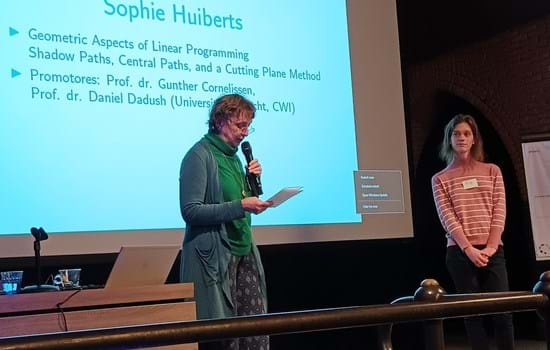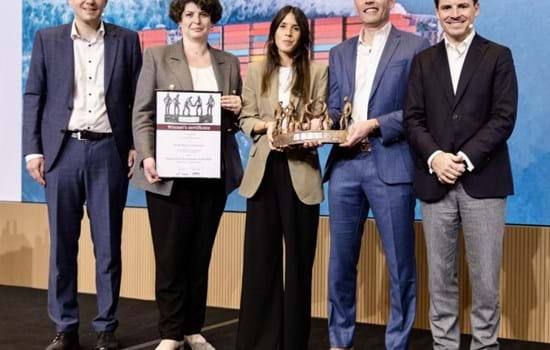How OR's interactive approach beats 'traditional' consultancy
by Andrew Rooney, Visual Thinking International
This is a story about the General Manager (Jim) of Wexford plc, who make components for car cooling systems, and who was being pressured by his major customer to make changes to his production process. He didn't want to do this, but could only explain his objections as being a 'gut-feeling'.
The driver behind Jim's problem was his major customer's continuous improvement expert, who had made some high level recommendations about job descriptions, staffing levels and process layouts. Although they were sensible at first glance Jim was unsure how to implement them. A decision had to be made before his August Shutdown, a two week trades fair and the only chance to make the changes and avoid alienating his customer. But Jim was unwilling to implement the changes without at least some analysis and testing, especially as one of the recommendations was to 're-assign' some of his staff. Frustrated by the lack of guidance available and needing to make fast decisions, he contacted Visual Thinking to employ one of their consultants to spend a day structuring a model of his production line and help him to think about the problem
How did they do that?
Using one of Visual Thinking's products, SIMUL8, a quick build simulation package, as a facilitation tool the consultant was able to recreate the production process in only a few hours. During this period of interactive model building, the software was used to direct and structure the conversation between Jim and consultant, keeping them to strictly relevant topics, and allowing both to understand the other's language. The model was constructed at a high level of detail, and then run so that Jim could understand what the model was doing and to identify areas to be looked at in more detail. It was clear that there were some things that needed to be included, ways of working that the consultant called 'unique decision rules', and data about machine reliability in particular.
This approach allowed Jim to introduce his ideas through the consultant, and an 'appropriate' level of detail to be defined. Jim's previous experiences employing consultants seemed to revolve around the consultants asking lots of questions and then coming back with a report, and he enjoyed this interactive approach, as well as feeling that he understood his production process better.
Using this sort of facilitation approach, rather than a more traditional form of consultancy, allowed the consultant to understand what Jim's problem was very quickly. It also made sure that Jim bought in to the model and was comfortable with the level of detail included. This was vital to the success of the project which was aimed at developing Jim's thinking, as well as producing a decision support model for him to take home.
What next?
The initial facilitation exercise complete and Jim enthusiastic about the model, the serious business of the day could start: testing the continuous improvement expert's ideas. Due to the nature of the software used, experimentation could be undertaken very quickly, and the results of any change shown in terms of staffing levels, utilisation, and output. At this stage, Jim mentioned that he could vary the length of one of the raw material inputs, and would like to know what effect, if any, this would make to the quantity of finished goods produced. Unsure, the consultant agreed to introduce this into the model and then experimented with different lengths, factory layouts, staff numbers and their responsibilities. The model showed that the effects of the proposed layout and staff changes were to actually reduce throughput! But why?
Result!
After much thinking, talking, and a very slow 'walk-through' the model factory, both Jim and the consultant understood the various interactions within the model and were able to start forming policy conclusions. Various raw material lengths and staffing strategies were tried, eventually homing in on a small set of satisfactory solutions. Ultimately Jim concluded that the money he had set aside for the restructuring work would be much better spent on improving the reliability of his existing machinery The client-interactive model building approach allowed the consultant to get at Jim's real problem: how to counter the suggestions of his customer without annoying him. It allowed Jim to understand the complex set of relationships which exist between staff numbers, their roles and duties, and the variable parameters of the raw material inputs. Most importantly, the understanding Jim now had of his production process could be transferred to others by demonstrating the model to them.
First published to members of the Operational Research Society in Inside O.R. September 1998





